Disclosure: This article contains affiliate links. We may earn a commission from purchases at no extra cost to you, which helps our travel content.
There's a moment that every wildlife photographer lives for – that split second when your subject, a wild predator in its natural habitat, locks eyes with your lens. I experienced this visceral connection while tracking a leopard through the flooded channels of Botswana's Okavango Delta last winter. As a former private investigator, I've spent years observing human behavior, but nothing quite compares to the raw authenticity of wildlife photography in one of Africa's last great wildernesses. The Delta's 7,000 square miles of waterways, islands and savanna create a photographer's paradise where patience and preparation yield extraordinary rewards. Having visited the world's premier wildlife destinations from Costa Rica to the Seychelles, I can confidently say that the Okavango offers unparalleled photographic opportunities for those willing to invest in both premium equipment and the luxury accommodations necessary to access its most remote corners.
Planning Your Okavango Photography Expedition
The Okavango Delta isn't a destination you can simply book last-minute and expect optimal results, especially if photography is your primary objective. My investigative background has taught me that meticulous preparation often makes the difference between success and failure.
I spent three months researching camps specifically positioned for wildlife encounters, ultimately selecting a combination of water-based and land-based lodges to maximize diversity in my portfolio. The most productive photography locations shift seasonally as water levels rise and fall, dramatically affecting animal movements and concentrations.
For serious photographers, I recommend booking private vehicles at each camp – an additional expense that's absolutely worth it. Having control over your schedule and positioning is invaluable when that perfect light hits or when you need to wait patiently for a hunting scene to unfold. My guide at Chitabe Camp understood exactly how to position our vehicle for optimal lighting when we encountered a pride of lions at dawn.
Your choice of accommodation directly impacts your photography opportunities. After extensive research, I selected camps with proven wildlife density and guides experienced with photographers' needs. My safari planning guide became dog-eared during planning, but the real game-changer was consulting with a specialized photography safari operator who understood the precise timing needed for my target species.

💡 Pro Tips
- Book camps in different ecosystems (water-based and land-based) for portfolio diversity
- Reserve private vehicles at each camp for photography flexibility
- Time your visit for June-August when clear skies and moderate temperatures provide ideal shooting conditions
Essential Photography Gear for Safari Success
My investigative career taught me the value of having the right tools for the job, and wildlife photography in the Okavango demands specific equipment. While I've experimented extensively with various setups across multiple safaris, I've refined my kit to balance performance with practicality.
The cornerstone of my setup is my telephoto lens, which provides the reach necessary for respectful wildlife photography without disturbing natural behaviors. This lens performed flawlessly when capturing a leopard draped over a sausage tree branch at dusk, with enough reach to reveal individual whiskers while maintaining a safe distance.
While telephoto capabilities are essential, don't neglect wider perspectives. The Okavango's landscapes provide stunning contextual shots, particularly during golden hour when the Delta's waters reflect the sky's dramatic colors. My wide-angle zoom captured breathtaking environmental portraits of elephants crossing channels at sunset.
Camera bodies matter less than quality glass, but ensure yours has excellent high-ISO performance for dawn/dusk shooting and fast autofocus for action sequences. I carry two bodies to avoid changing lenses in dusty conditions – one mounted with my telephoto and another with a mid-range zoom.
Dust protection is non-negotiable. I learned this lesson the hard way when changing lenses during a sudden wind gust near Chief's Island. Bring multiple microfiber cloths, sensor cleaning equipment, and protective covers for each piece of gear.

💡 Pro Tips
- Pack at least 3-4 extra batteries and multiple memory cards as charging opportunities may be limited
- Bring a sturdy beanbag support rather than a tripod, which is impractical in safari vehicles
- Consider renting specialized equipment rather than purchasing if this is your first safari
Mastering the Big Five: Species-Specific Photography Techniques
Each of the Big Five presents unique photographic challenges and opportunities in the Okavango ecosystem. My background in surveillance and tracking has proven surprisingly transferable to wildlife photography, particularly in anticipating behavior and positioning accordingly.
Elephants dominate the Delta landscape, offering spectacular opportunities for both intimate portraits and environmental shots. When photographing these giants, I've found that patience yields intimacy – wait for trunk interactions, dust bathing, or water play. At Duba Plains, I spent three hours with a breeding herd, gradually moving closer to capture eye-level shots of calves while maintaining a respectful distance.
Lions are most active at dawn and dusk, requiring higher ISO settings and steady hands. Focus on eyes and expressions rather than simply documenting presence. My most compelling lion images came after following a pride for three consecutive days at Vumbura Plains, allowing me to anticipate hunting behaviors and position accordingly.
Leopards demand persistence and local knowledge. Their secretive nature makes them challenging subjects, but the Delta's island habitats concentrate these solitary cats. Work with your guide to identify territories and potential sighting areas. My leopard portfolio improved dramatically after learning to scan sausage trees and dense thickets rather than open areas.
Cape buffalo offer dramatic portrait opportunities with their imposing horns and intense gazes. Approach carefully with guides who understand herd dynamics. I captured my favorite buffalo images during a river crossing near Xigera, when afternoon light illuminated water droplets spraying from their massive bodies.
Rhinos are the Delta's rarest prize, with limited populations under intense protection. If fortunate enough to encounter these endangered giants, focus on conveying their prehistoric presence and vulnerability simultaneously. My rhino sighting at a private conservancy yielded intimate portraits that still haunt me – their prehistoric silhouettes against modern threats.
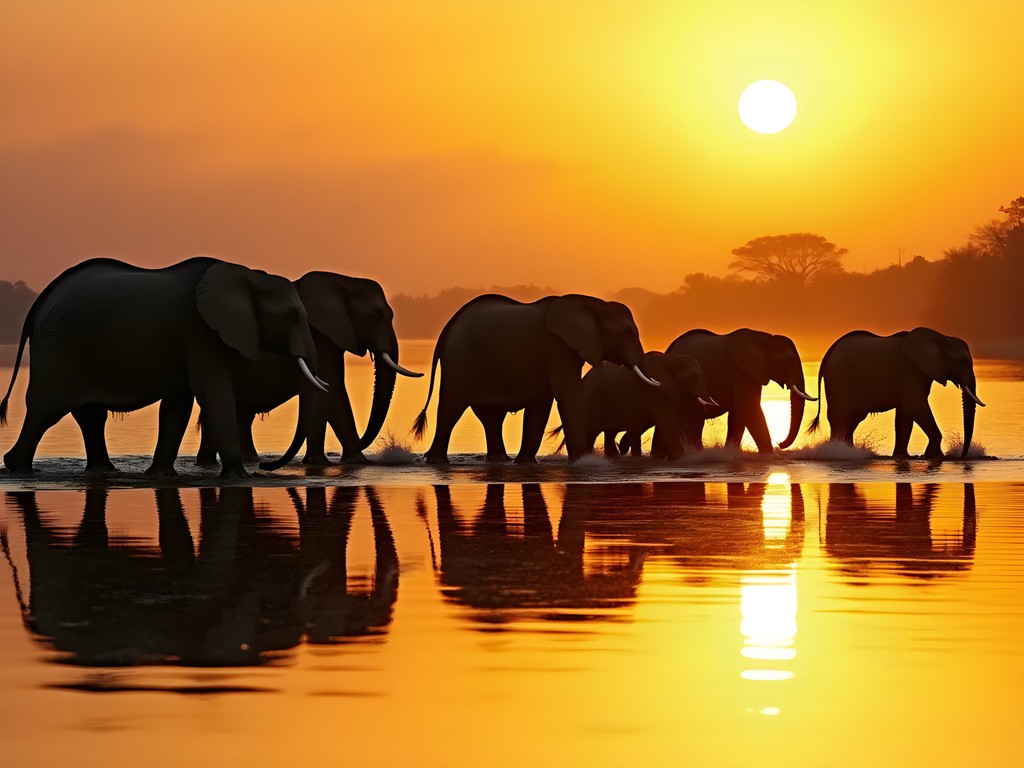
💡 Pro Tips
- For elephants, use a slightly wider aperture (f/5.6-f/8) to capture environmental context while keeping the subject sharp
- When photographing lions, maintain continuous autofocus and burst mode to capture fleeting expressions and action sequences
- For leopards in trees, slightly underexpose to preserve highlight details in their spotted coats against bright skies
Beyond the Big Five: Unexpected Photographic Treasures
While the Big Five rightfully command attention, the Okavango's true photographic wealth extends far beyond these flagship species. My investigative instincts have always drawn me to overlooked details and hidden patterns – an approach that serves wildlife photography exceptionally well.
The Delta hosts over 400 bird species, many offering spectacular photographic opportunities. As an avid birder since my formative assignment in the Seychelles, I was particularly drawn to the Delta's kingfishers, bee-eaters, and the magnificent African fish eagle. Bird photography requires different techniques – faster shutter speeds (minimum 1/2000s), precise focus, and anticipation of flight patterns. My binoculars proved invaluable for spotting potential subjects before deploying the camera.
Predator-prey interactions create compelling visual narratives beyond simple portraits. At Kwara Camp, I documented a complete hunting sequence as wild dogs pursued and captured an impala – a challenging but rewarding photographic achievement requiring rapid adjustments and ethical considerations about documenting nature's harsh realities.
Macro opportunities abound for photographers willing to occasionally shift focus from large mammals. The Delta's remarkable insect diversity, from jewel-like dragonflies to massive dung beetles, offers creative challenges during midday hours when larger wildlife is less active. I pack a lightweight macro lens specifically for these opportunities.
Night photography reveals an entirely different Delta. With specialized guidance and equipment, capturing nocturnal species like bushbabies, genets, and aardwolves adds unique images to your portfolio. The Delta's minimal light pollution also creates extraordinary astrophotography opportunities, with the Milky Way arching dramatically over baobab trees and water channels.
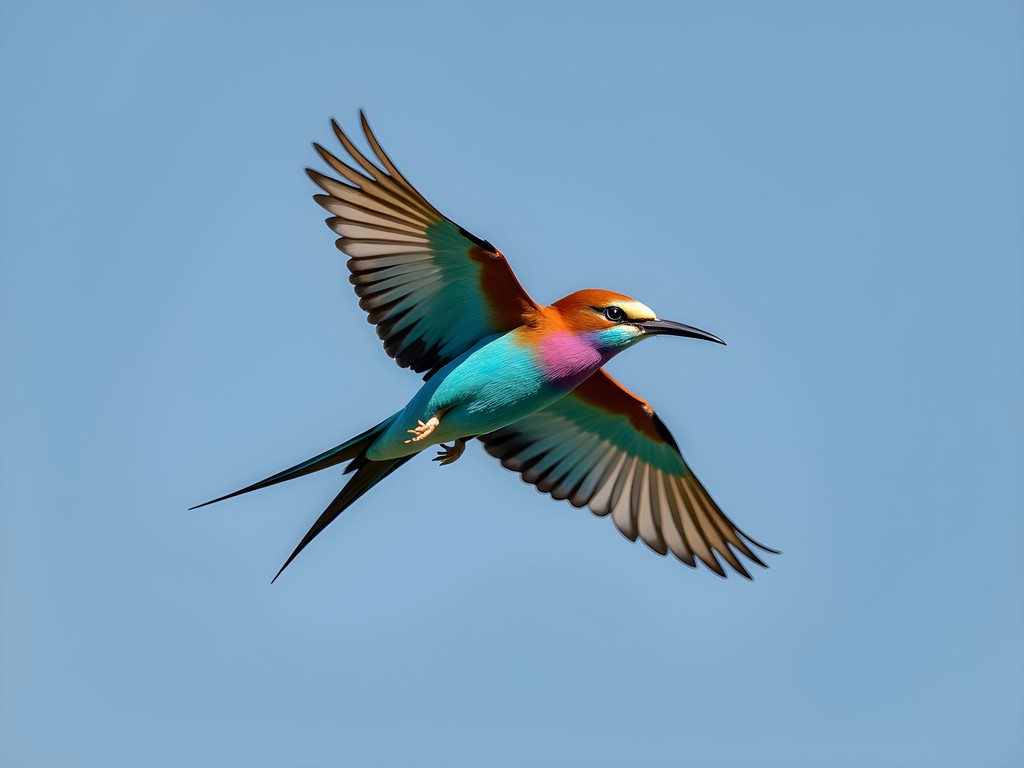
💡 Pro Tips
- Allocate at least one game drive specifically for bird photography with a guide who specializes in avian subjects
- During midday heat when mammals are inactive, focus on smaller subjects and macro opportunities
- Request a night drive at camps that offer this option to capture nocturnal species with specialized lighting techniques
Luxury Accommodations: Strategic Bases for Photographic Success
The relationship between accommodation quality and photographic results is rarely discussed in wildlife photography circles, but it's a connection I've confirmed across multiple expeditions. In the Okavango, luxury camps aren't merely about comfort – they provide strategic advantages that directly impact your portfolio.
Premium camps control vast private concessions with limited vehicle numbers, dramatically reducing the photographer's greatest nemesis: overcrowding at sightings. At Mombo Camp on Chief's Island, our leopard sighting involved just two vehicles, allowing optimal positioning as the cat hunted, climbed trees, and interacted with cubs – a sequence that would be impossible with the vehicle congestion common in public reserves.
Elite camps employ Africa's most experienced guides – individuals with decades of experience reading animal behavior and anticipating photographic opportunities. My guide at Jao Camp positioned our vehicle perfectly for a lion pride crossing a floodplain at first light, predicting their movement pattern based on subtle territorial markers I would never have noticed.
Logistical excellence matters tremendously for photographers. The best camps offer extended game drives, flexible schedules, and critical details like camera charging stations in vehicles and customized photography beanbags. My camera backpack remained safely stored in my climate-controlled suite while essential gear traveled in a camp-provided dust-proof case.
While luxury accommodation represents a significant investment, the photographic return justifies the expense for serious photographers. My most portfolio-worthy images consistently come from private concessions with premium camps rather than more accessible public reserves, regardless of the destination country. The combination of exclusivity, expertise, and logistics creates an environment where exceptional images become possible.
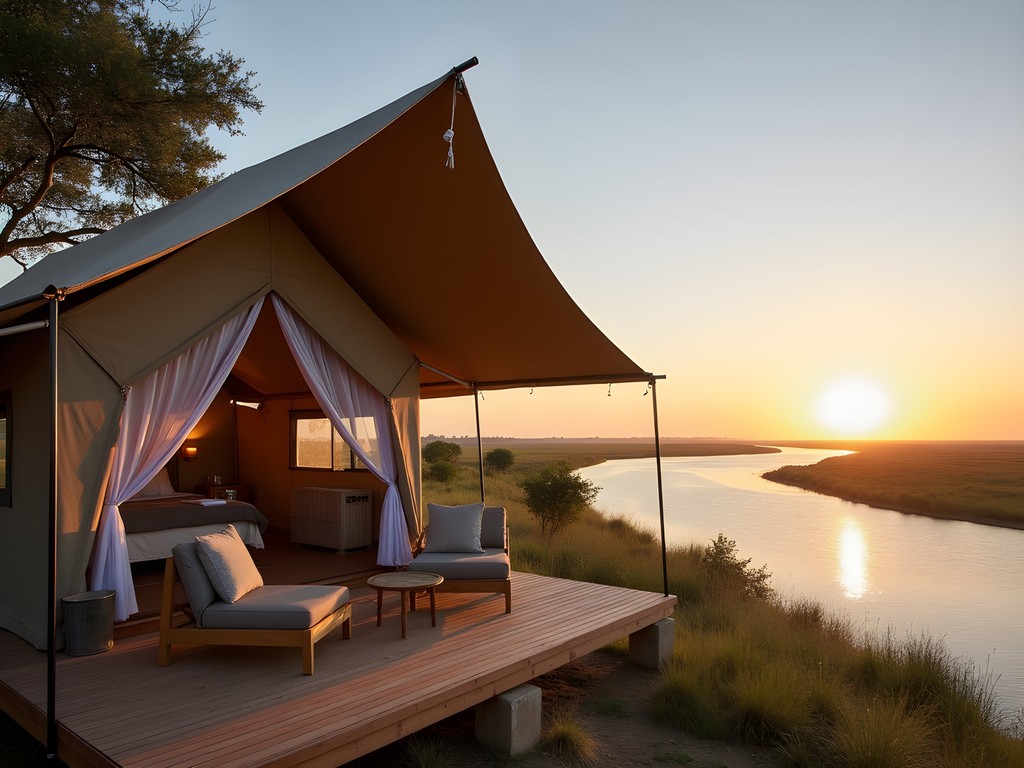
💡 Pro Tips
- Book camps with private concessions to minimize vehicle crowding at sightings
- Request guides with specific photography experience when making reservations
- Consider splitting your stay between water-based and land-based camps for maximum habitat diversity
Final Thoughts
The Okavango Delta represents the pinnacle of wildlife photography destinations – a rare ecosystem where exceptional biodiversity meets accessibility and world-class infrastructure. After two intensive weeks tracking and photographing across multiple habitats, I returned with a portfolio that captured not just the Big Five, but the intricate ecological relationships that make this UNESCO World Heritage site truly irreplaceable. For photographers willing to invest in proper equipment, luxury accommodations, and specialized guidance, the Delta delivers images that stand apart in an increasingly homogenized wildlife photography landscape. The investigative patience I developed in my former career proved perfectly suited to wildlife photography's demands – a reminder that our unique perspectives shape our images more than any technical specification. As climate change threatens this delicate ecosystem, photographers play a vital role in documenting its splendor and advocating for its protection. The question isn't whether you should photograph the Okavango Delta, but rather: how soon can you go, and are you prepared to capture its wonders?
✨ Key Takeaways
- Private concessions and luxury camps provide critical advantages for serious wildlife photographers
- Species-specific techniques dramatically improve your chances of portfolio-worthy images
- Look beyond the Big Five to capture the Delta's extraordinary diversity
- Proper preparation with specialized equipment is essential for photographic success
📋 Practical Information
Best Time to Visit
June through August (winter)
Budget Estimate
$1,000-1,500 per person per night for luxury camps
Recommended Duration
12-14 days minimum
Difficulty Level
Advanced

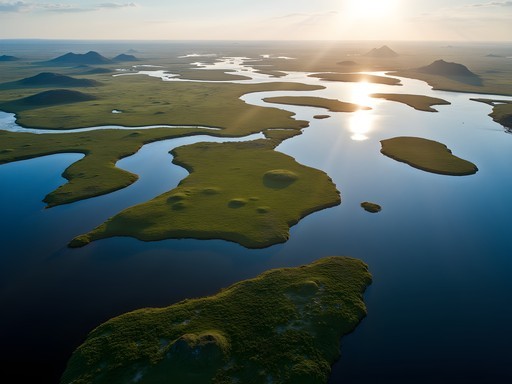
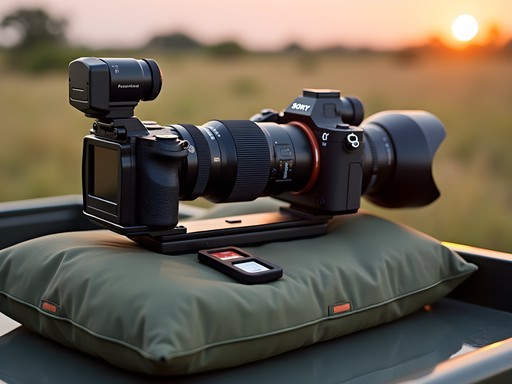
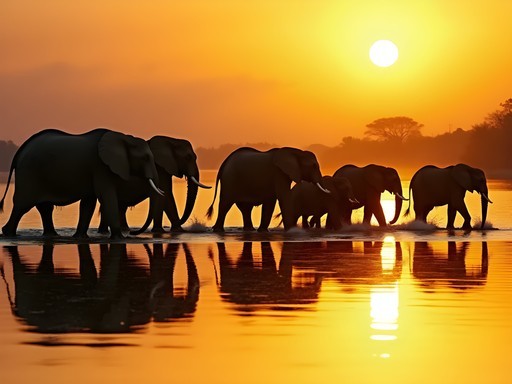
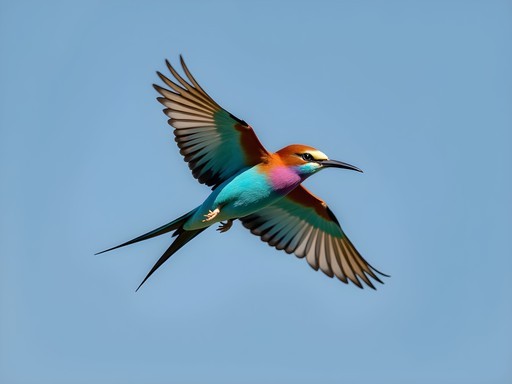
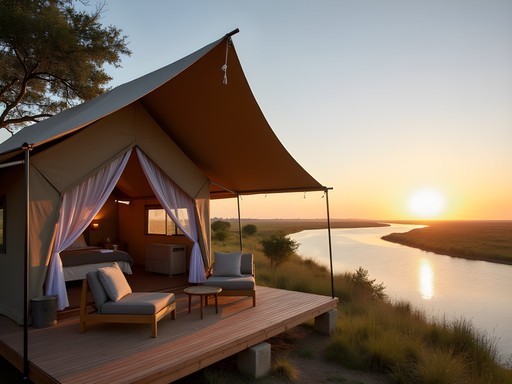








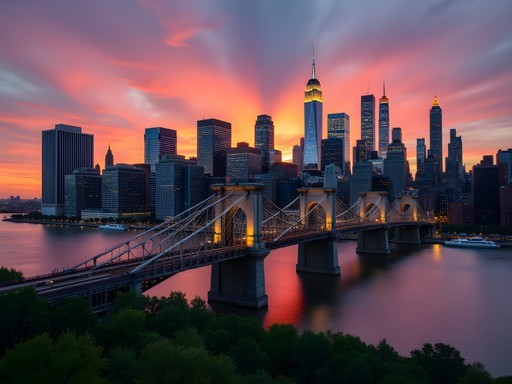
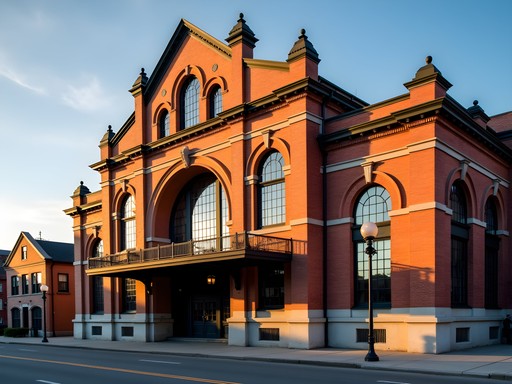
Comments
LensMaster44
For anyone planning an Okavango photo trip, don't forget extra batteries! I went through 2-3 per day with all the shooting opportunities. Also, the boat channels through the reeds make for incredible bird photography.
moonninja1462
Thanks for the battery tip! Did you have issues charging them at the camps?
LensMaster44
Most camps have charging stations in common areas or limited hours for in-room charging. I brought a small solar charger as backup which came in handy at the more remote bush camps.
SafariDreamer
These photos are absolutely stunning! Major bucket list inspiration!
moonninja1462
Those elephant silhouettes against the sunset are breathtaking! Did you use a specific filter for those shots? I'm heading there in July and really want to capture something similar.
hikinghero
Not the author but I got some decent silhouettes there too. The key is exposing for the sky, not the elephant. Let the animal go completely dark. July should be perfect with those dramatic winter skies!
Fatima Sims
Douglas, your section on species-specific techniques is gold! I visited the Delta last year and capturing lions was particularly challenging. That moment you described - when a predator locks eyes with your lens - happened to me with a leopard at dusk. Absolutely spine-tingling! I found my telephoto lens essential for keeping distance while still getting intimate shots. For anyone planning a trip, I'd add that spending an extra day at each camp really increases your chances of unique sightings. The guides know exactly when certain animals are most active.
moonninja1462
Fatima, did you find the camps crowded during your visit? Planning for next April and wondering about the best timing to avoid crowds but still see plenty of wildlife.
Fatima Sims
April is actually perfect! It's shoulder season so fewer tourists, but still great visibility as the grass isn't too high. The camps I stayed at only had 4-6 vehicles out at a time, so sightings never felt crowded.
hikinghero
Just got back from the Okavango last month and wow, what an experience! Your tips on shooting during golden hour made all the difference for me. Wish I'd read this before going - I struggled with capturing elephants in the harsh midday sun. Anyone have suggestions for dealing with all that dust on camera equipment? My sensor needed serious cleaning afterward!
Fatima Sims
I always carry a silicone cover for my camera body and use weather-sealed lenses in dusty environments like the Delta. Also, never change lenses in the open vehicle - wait until you're back at camp!
hikinghero
Thanks Fatima! Wish I'd known about the lens change tip before. Definitely learned that lesson the hard way!
winteradventurer
We just returned from the Okavango last month and I wish I'd read this before going! Your tip about shooting in the golden hours is spot on - our best photos were all at dawn. One thing we learned the hard way: bring more memory cards than you think you'll need. I filled 128GB in just two days! Also, dust is a real issue - changing lenses inside a sealed bag saved our sensor. Douglas, did you have any luck with night photography? We tried some star trails over the delta but struggled with the settings.
Douglas Murray
Great point about memory cards! For night photography, I had good results with f/2.8, 15-20 seconds at ISO 3200-6400. Many camps will turn off generators after hours if you ask, which helps tremendously with light pollution. The Milky Way over the delta is absolutely worth capturing!
Mason Sullivan
Man, your post couldn't have come at a better time! I'm heading to Botswana next month on a serious budget (typical me), and your tips about focusing on one region rather than rushing between camps is gold. I've been debating whether my travel tripod is worth the weight in my backpack, but after seeing your low-light shots, it's definitely coming with me. Did you find the guides accommodating of photographers? I've been on safaris where they rush off just when you're setting up the perfect shot. Also, that section about respecting the wildlife and not pushing for unnatural shots - couldn't agree more. Conservation has to come first.
Douglas Murray
The guides in the Okavango are generally excellent with photographers, Mason. Most camps even offer specialized photo vehicles with rotating seats and camera mounts if you request in advance. Just communicate your priorities at the start of each drive. And yes, that Peak Design tripod is perfect for the job - lightweight but stable enough for those sunset shots!
redgal
What's the best time of year to visit for photography? Is the green season too rainy for good shots?
Douglas Murray
Both seasons have their advantages! Dry season (June-October) offers clearer visibility and concentrated wildlife around water sources. Green season (November-March) has fewer tourists, lush backgrounds, and newborn animals, but yes, occasional rain can interrupt shooting. I personally prefer the shoulder seasons - May or November - for the balance of conditions.
coffeemood
That shot of the elephant silhouette against the sunset is absolutely magical! New phone background!
beachtime
Is it safe? I've always wanted to go on safari but I'm a bit nervous about being so close to predators.
Savannah Walker
Totally safe! The guides are incredibly knowledgeable and the animals generally see the vehicles as non-threatening objects. You're never allowed to exit the vehicle in predator areas. I felt safer there than walking downtown in some cities!
beachtime
That's reassuring, thanks! Maybe I'll finally book that trip!
Venture X
Premium card with 2X miles, $300 travel credit, Priority Pass